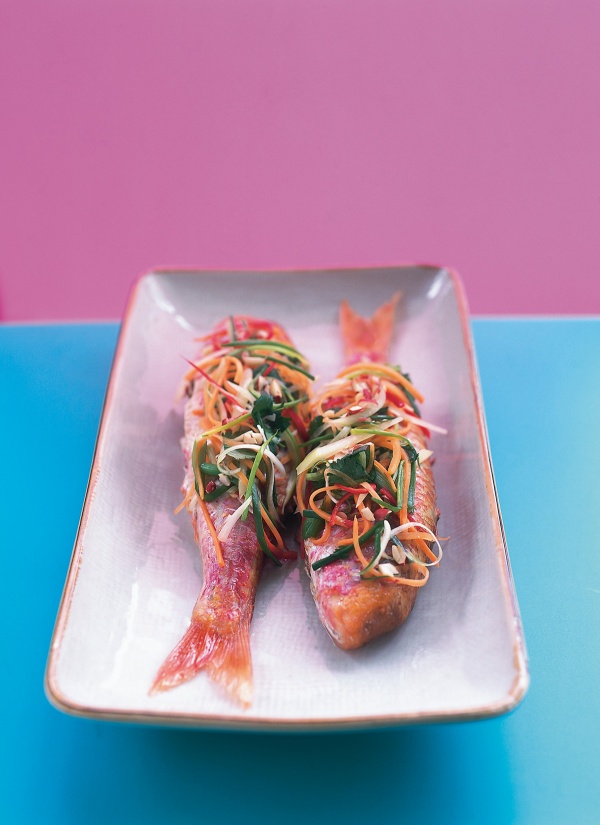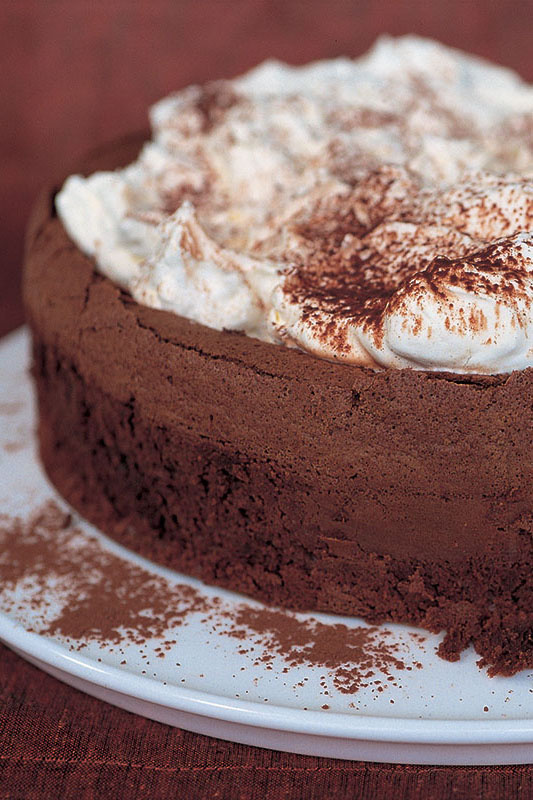The Best Type of Chopping Board
Asked by SherrieB. Answered on 29th July 2012
Full question
I'd like to know what, in your opinion, is the best type of chopping board for regular kitchen use? I use a pyrex board for raw chicken and fish, but for literally everything else, I use a wooden board. I've had the same one for about four years - it's a really solid block and I use it all the time. Lots of people have told me that wooden boards are very unhygienic, but I always give it a good scrub in really hot water after use and leave it to dry naturally. It's the best board I've ever had and I really don't want to get rid of it in favor of one of those awful plastic boards. I'd be grateful for your advice please - thanks!
Our answer
Choice of chopping board is really down to personal preference. Many people like wooden boards as they beleive thay are kinder to knife blades and wood contains natural anti-bacterials which can reduce the risk of contamination. Some prefer glass/pyrex or plastic boards as they can be sterilized in a dishwasher.
Whichever board you choose you should ideally have two boards - one to be used for "raw foods" (that will be cooked before eating) and one for "cooked" foods (that will have no further cooking done before eating). This is the easiest way to prevent cross contamination of foods.
If you have a wooden board then wash it with hot soapy water after use (do not soak wooden boards) and dry it, then let it thoroughly air dry. Wooden boards also benefit from a regular application of mineral oil. If cracks form in the board then you should stop using it for food as bacteria can be harboured in the cracks.
If you have a plastic board then it can be washed in hot soapy water or put in the dishwasher (but check the manufacturer's instructions first). The boards can also be washed with a weak bleach solution or an antibacterial spray if they have been used for high risk foods.
Both types of boards should be thoroughly dry before they are stored.






Tell us what you think
Thank you {% member.data['first-name'] %}.
Explore more questionsYour comment has been submitted.